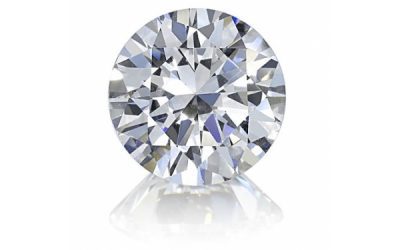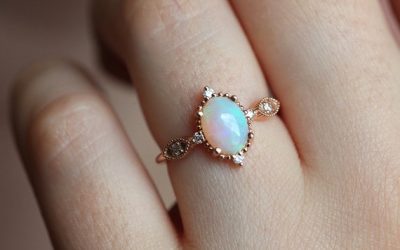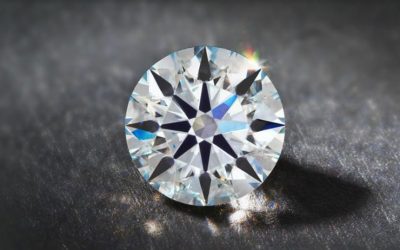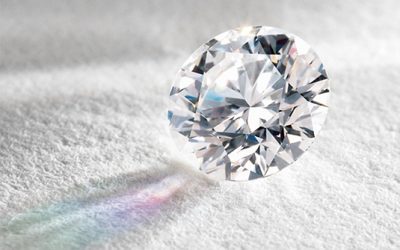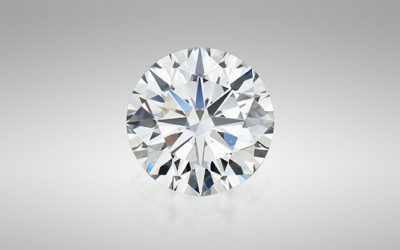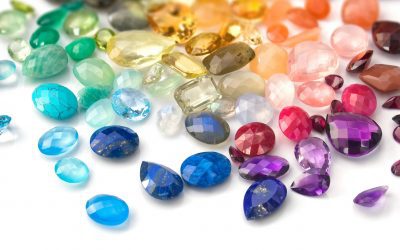Gemstone Care Tips
by Theresa
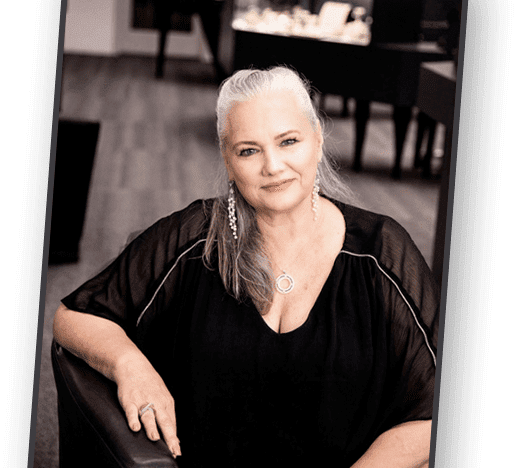
What Is A Clarity Enhanced Diamond?
When considering the purchase of a magnificent natural diamond, clarity enhanced diamonds are one of the most cost-effective options. Many people choose clarity enhanced diamonds since they may have a larger diamond with the same characteristics at a lower price than...
How To Care For Opal Jewelry
Opal embodies the beauty of all gemstones and amazes with its interpenetrating hues throughout history and numerous cultures. When used in exquisite jewelry, they provide an abundant appearance and may be cherished for years. On the other hand, Opal jewelry has a...
Are Super Ideal Cut Diamonds Worth It?
Behind every diamond's intense sparkle, precise artistry and craftsmanship must be involved to provide proper proportions, symmetry, and polish. Meanwhile, the diamond industry has various terminologies used in describing different types of diamond cuts. Whether you...
What Is Diamond Brilliance?
The term, diamond brilliance, is often used to refer to the sparkle or light that a diamond displays. Brilliance is just one of the three aspects, in which affect a diamond's sparkle. Along with the gemology terms of fire and scintillation, diamond brilliance affects...
What Is A Diamond Simulant?
Diamonds have for countless centuries enchanted, captivated and almost hypnotized man (and woman) like no other gemstone. With time, however, whether because of cleverness or craftiness, jewelers figured that some rocks and artificial materials could be made and...
What Gemstone Represents Strength?
Whether you're gearing up for some spiritual warfare or want to avoid some bad energy in the office, your choice in jewelry says a lot. And sometimes we need a power piece — a big gemstone that screams "strength!" And no stone does that better than a magnificent...

